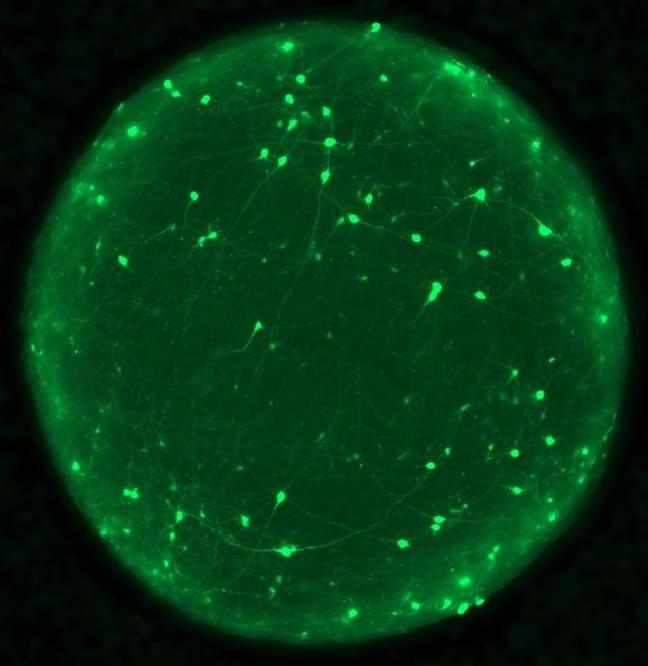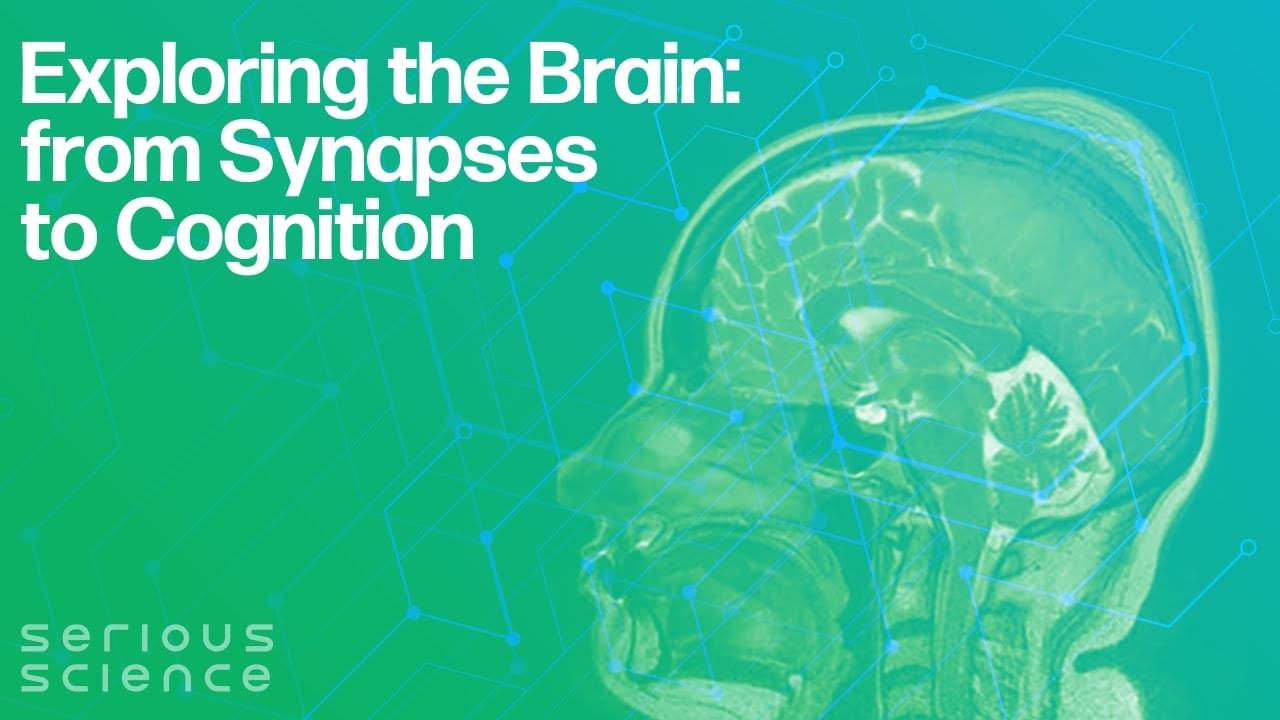Apr 9, 2024
Neural operators for accelerating scientific simulations and design
Posted by Cecile G. Tamura in category: neuroscience
From Caltech & NVIDIA
This explains the prospect of #deeplearning on advancing science, #simulation, and design.
From Caltech & NVIDIA
This explains the prospect of #deeplearning on advancing science, #simulation, and design.
“It’s not much you can do about it. Other than fight it and if you fight and you quit, then you are not gonna make it,” he said.
The founders of this Malibu-based class say it challenges the mind and body to work together, getting stronger in the process.
John Wakefield, the creator and co-founder of drumboxing in California, told KCBS, “The connection with rhythm, tying it in with motor skills, really training the brain like you train the body putting it in a situation where it has to react.”
Certain RNA molecules in the nerve cells in the brain last a life time without being renewed. Neuroscientists from Friedrich-Alexander-Universität Erlangen-Nürnberg (FAU) have now demonstrated that this is the case together with researchers from Germany, Austria and the U.S.
A medication used to treat diabetes appeared to halt the progression of Parkinson’s symptoms in a phase 2 trial of people in the early stages of the disease. While more research is needed to see how large the effect is and how long it might last, the news is encouraging in the hunt for new Parkinson’s treatments.
The challenge: More than 8.5 million people worldwide are living with Parkinson’s, a progressive neurodegenerative disease caused by the loss of brain cells that produce dopamine, which helps neurons communicate.
Common Parkinson’s symptoms include tremors, stiffness, and impaired cognition. Meds that replace dopamine can help alleviate those, but they don’t address the underlying cause — the loss of dopamine neurons — and so the disease progresses.
The startup, a rival to Elon Musk’s Neuralink, launched a registry to recruit patients and healthcare providers for the trial.

While an estimated 5 million Americans live with a disability that is related to traumatic brain injury (TBI), there are few treatment options for TBIs, which can affect people in a number of occupations like professional sports or some military positions, as well as anyone who suffers head trauma. But scientists have now found that a protein called TDP-43 may promote nerve damage immediately following an injury. When another protein was blocked in a mouse model and in human cell lines, this TDP-43-mediated damaged was prevented and some cell death was halted. These findings, which were reported in Cell Stem Cell, could help scientists develop treatment options for TBIs.
“There’s really nothing out there that can prevent the injury or trauma to the brain that cause nerve cell damage,” said corresponding study author Justin Ichida of the University of Southern California. “In more acute stages, patients can have difficulty concentrating and have extreme sensitivity to light and noise. Long term, there is a strong correlation between traumatic brain injury and neurodegenerative diseases, which can ultimately be fatal.”
One of the largest threats to human health is obesity, but now researchers from the University of Aberdeen Rowett Institute have made an important discovery in how the brain controls food intake.
Obesity and being overweight have become the “new normal” in modern times and can lead to a multitude of health problems. We know that excess weight is primarily caused by eating more calories than the body needs; however, new research published in Current Biology has found a specific cluster of cells in the brain that control body weight.
How the brain controls hunger has not been fully defined. The researchers discovered a cluster of brain cells that can be harnessed to reduce food intake and body weight. One way they do this is by turning down cells that stimulate hunger.
Scientists studying learning in mice have inadvertently encountered ‘zombie neurons’ in the brain – not flesh-eating, virus-spreading monsters, but cells that stop interacting normally even though they’re functionally alive. What’s more, they shed new light on learning processes in the brain.
A team from Portugal discovered the cells as part of an investigation into how a part of the brain called the cerebellum learns from the environment around us.
The cerebellum processes sensory information related to motor movements. It helps us walk down a crowded street, or pick up a drink without spilling it, and it’s also important for learning: so if we bump into something, we know how to refine our movement to avoid it next time. Exactly how that learning happens was the subject of this new study.
Scientists develop a human neuron model that efficiently simulates tau protein spread in Alzheimer’s, hinting at new therapeutic targets.

The human brain is a remarkably complex organ, consisting of billions of interconnected neurons. It can be divided into distinct regions, each with specific functions, such as memory and decision-making. Cognition, which includes processes like perception, memory, language, and problem-solving, is all orchestrated by the brain. It’s through these cognitive processes that we perceive and interact with the world around us.
What is special about the structure of the brain compared to other organs? What is the principled way of understanding how the brain works? How does the brain contribute to our sense of Self? Is it possible to compare the brain with the computer? Is it possible to enhance the way that the brain works? What is the brain-basis of language?
Continue reading “Exploring the Brain: from Synapses to Cognition” »